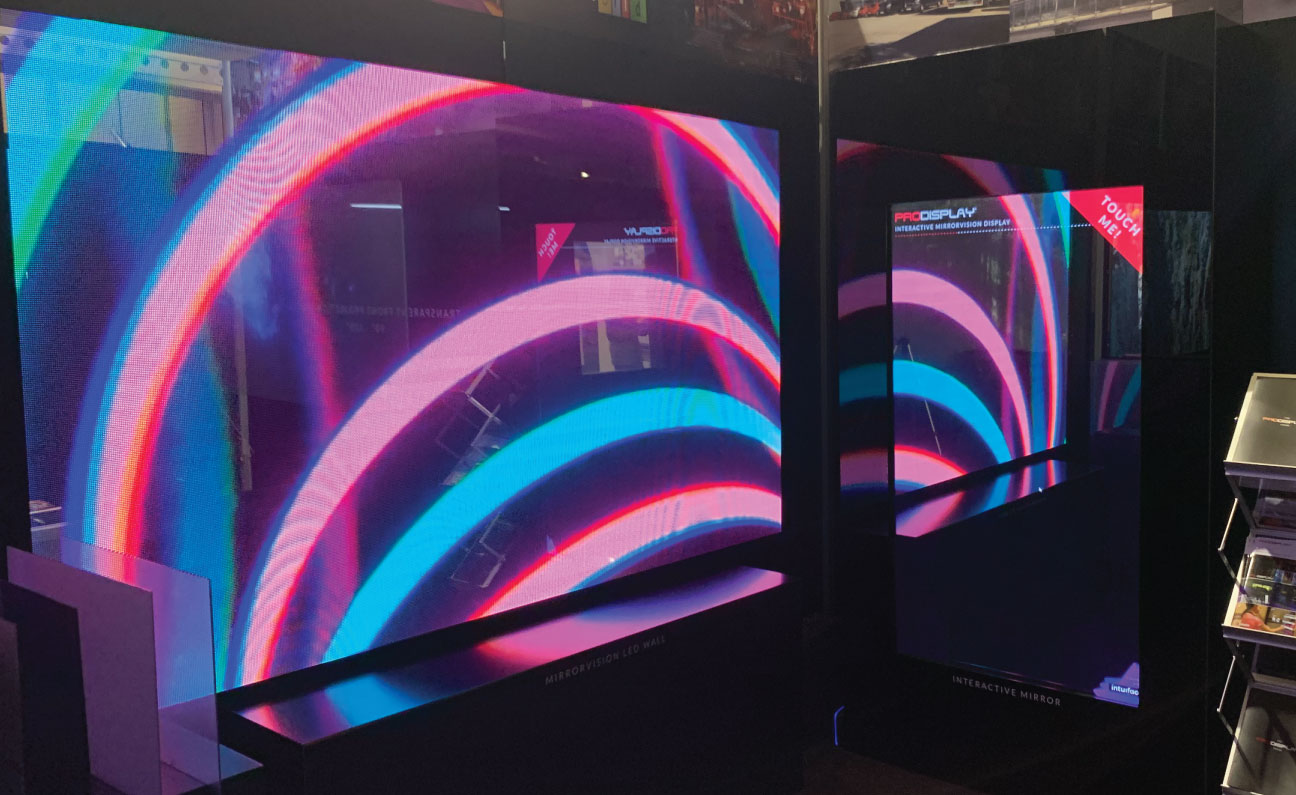To understand contrast ratios better, it is helpful to comprehend how they are calculated. The ratio is typically represented as two figures, such as 1000:1. This indicates that the brightest white is 1,000 times more luminous than the deepest black. Displays with high contrast ratios provide deeper blacks and brighter whites, which improves the overall visual experience. When watching a movie or engaging with a video game, for example, these variations can create a more engaging environment. Viewers can see details that may be lost in displays with lower contrast ratios.
Different types of screen technologies, such as LCD, LED, and organic LED, have different contrast ratios. OLED displays are known for their superior contrast because they can deactivate individual pixels completely, resulting in true black levels. Conversely, conventional liquid crystal displays may explanation fail to achieve similar levels of blackness due to their illumination methods. It is essential for buyers to consider these differences when choosing a screen for their requirements. Understanding how each technology manages contrast can greatly impact contentment with the product.
Moreover, the importance of brightness ratio goes beyond entertainment; it also influences productivity in professional environments. For tasks demanding precise visual analysis, such as graphic design or image editing, having a screen with a high contrast ratio enables greater accuracy and clarity. This means creatives can see fine details in their artwork or photographs without tradeshow displays using digital formats discomfort. In learning settings, learners benefit from enhanced displays that make educational content more engaging and easier to comprehend.

To sum up, improving image quality through grasping contrast ratios is vital for anyone using display technology. A higher contrast ratio results in better image quality by delivering deeper colors and more detail in images. As technology advances, consumers should remain informed about these specifications to make choices that best suit their needs and requirements. Be it for leisure or productivity, being informed about contrast ratios helps enjoyment and effectiveness in using screen technology.